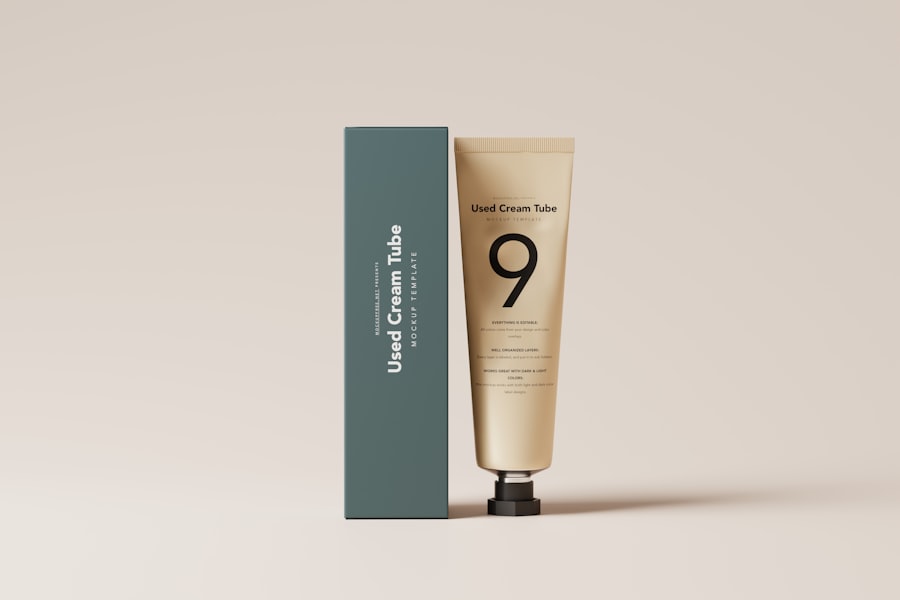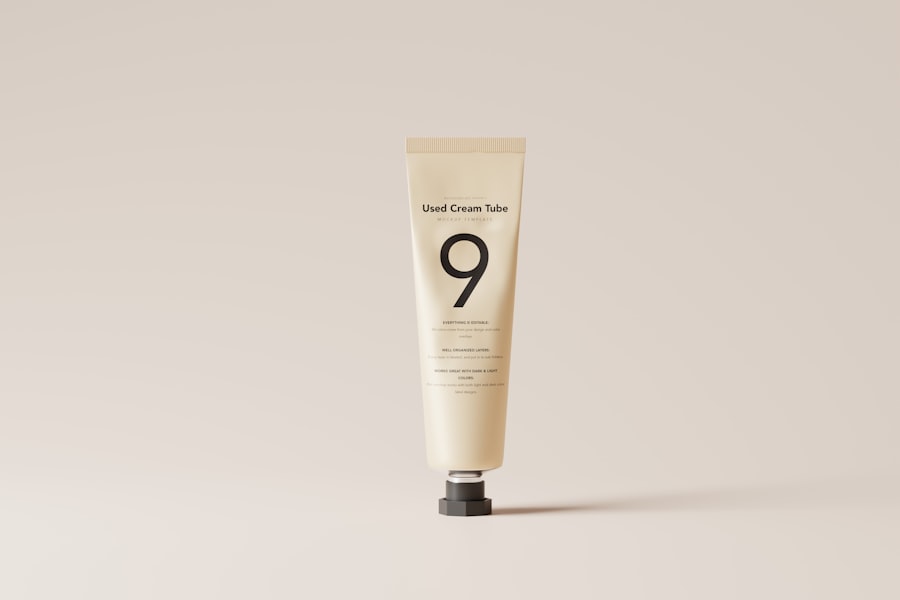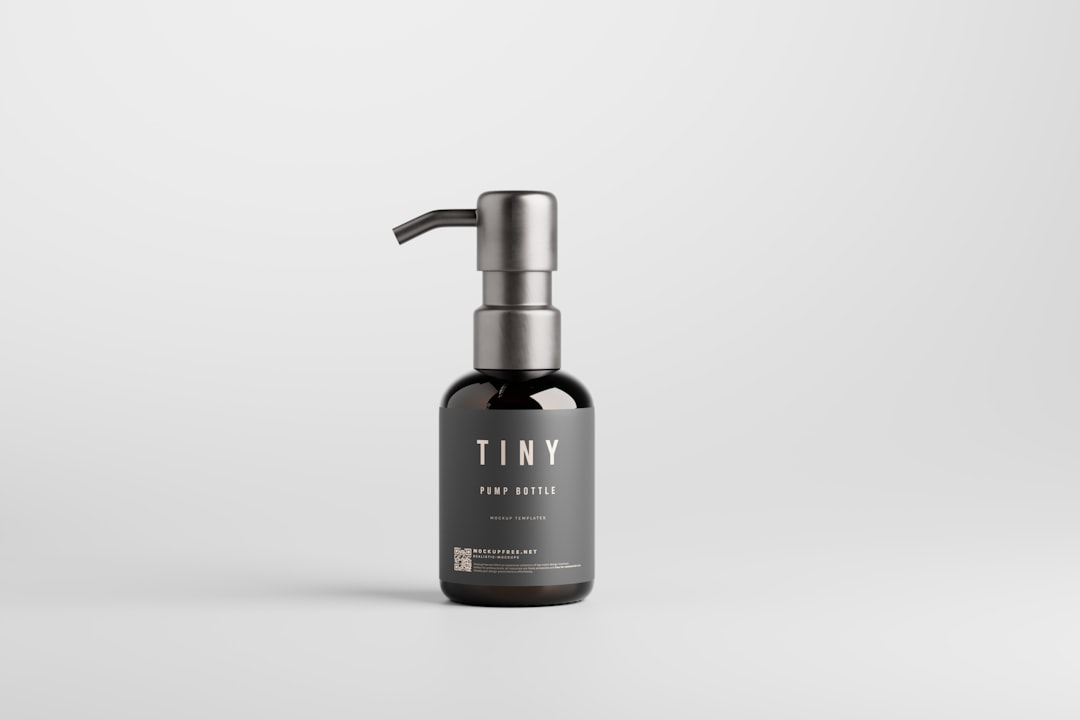Before embarking on your laser hair removal journey, preparation is key to ensuring a successful experience. First and foremost, you should schedule a consultation with a qualified practitioner. During this initial meeting, you will discuss your hair removal goals, medical history, and any skin sensitivities you may have.
This is also the perfect opportunity to ask questions about the procedure, the technology used, and what you can expect in terms of results. By being well-informed, you can make educated decisions that align with your personal needs. In addition to consulting with a professional, there are practical steps you can take to prepare your skin for the treatment.
It is advisable to avoid sun exposure for at least two weeks prior to your appointment. Tanning can increase the risk of side effects and may affect the efficacy of the laser treatment. Furthermore, refrain from waxing or plucking hair in the area to be treated for at least four weeks before your session.
Shaving is typically recommended as it allows the laser to target the hair follicle without interference from the hair above the skin’s surface. By following these guidelines, you set the stage for a smoother and more effective laser hair removal experience.
Key Takeaways
- Shave the treatment area before laser hair removal to ensure the laser targets the hair follicles effectively
- Avoid sun exposure and tanning beds before and after laser hair removal to reduce the risk of complications
- Stay hydrated and moisturize the skin to improve the effectiveness of laser hair removal
- Follow the recommended treatment schedule and avoid plucking or waxing between sessions for best results
- Use cold compresses and aloe vera gel to soothe any redness or irritation after laser hair removal
Understanding the Laser Hair Removal Process
The laser hair removal process is both fascinating and effective, utilizing advanced technology to target unwanted hair. At its core, the procedure involves the use of concentrated light beams that are absorbed by the pigment in the hair follicles. This absorption generates heat, which damages the follicles and inhibits future hair growth.
The procedure is most effective on individuals with light skin and dark hair, as the contrast allows the laser to focus more precisely on the hair pigment. During your session, you will likely be asked to wear protective eyewear to shield your eyes from the laser light. The practitioner will then apply a cooling gel or device to your skin to minimize discomfort during the procedure.
You may feel a sensation similar to a rubber band snapping against your skin, but this is generally brief and tolerable. Depending on the size of the area being treated, each session can last anywhere from a few minutes to over an hour. Understanding this process helps demystify what happens during your appointment and prepares you for what to expect.
Maximizing Results during Laser Hair Removal

To achieve optimal results from your laser hair removal sessions, it’s essential to follow specific guidelines both before and during treatment. One of the most important factors is adhering to the recommended treatment schedule. Hair grows in cycles, and multiple sessions are necessary to target hair in different growth phases effectively.
Your practitioner will provide a personalized plan based on your hair type and growth patterns, so sticking to this schedule is crucial for maximizing results. Additionally, consider your lifestyle choices leading up to and during your treatment period. Staying hydrated can improve your skin’s overall health and resilience, making it more responsive to the laser treatment.
Moreover, maintaining a healthy diet rich in vitamins and minerals can support skin recovery and enhance results. Avoiding certain medications that may increase sensitivity or affect skin healing is also advisable; consult with your practitioner about any medications you are taking. By being proactive in these areas, you can significantly enhance the effectiveness of your laser hair removal experience.
Aftercare Tips for Laser Hair Removal
| Aftercare Tips for Laser Hair Removal |
|---|
| Avoid sun exposure for at least 24 hours |
| Avoid hot showers and baths for 24 hours |
| Avoid using harsh chemicals on the treated area |
| Apply aloe vera gel to soothe the skin |
| Avoid tight clothing that may irritate the skin |
| Use sunscreen with SPF 30 or higher on treated area |
Aftercare is an essential component of the laser hair removal process that should not be overlooked. Immediately following your treatment, it’s common for the treated area to appear red or slightly swollen. This reaction is typically temporary and should subside within a few hours.
To soothe your skin, apply a cool compress or aloe vera gel to alleviate discomfort and reduce inflammation. Avoid hot showers, saunas, or intense workouts for at least 24 hours post-treatment, as these can exacerbate irritation. In addition to immediate aftercare, long-term care is vital for maintaining healthy skin post-laser treatment.
Keep the treated area moisturized with gentle, fragrance-free lotions to promote healing and prevent dryness. It’s also crucial to protect your skin from sun exposure by applying broad-spectrum sunscreen with an SPF of 30 or higher whenever you go outside. This protection helps prevent pigmentation changes and ensures that your skin remains healthy as it heals from the procedure.
Managing Potential Side Effects
While laser hair removal is generally safe, it’s important to be aware of potential side effects that may arise after treatment. Common side effects include redness, swelling, and mild discomfort in the treated area. These symptoms usually resolve within a few days but can be managed effectively with over-the-counter pain relief medications if necessary.
If you experience any unusual or severe reactions, such as blistering or prolonged swelling, it’s essential to contact your practitioner immediately for guidance. Another potential side effect is hyperpigmentation or hypopigmentation, which refers to darkening or lightening of the skin in the treated area. This risk is higher for individuals with darker skin tones or those who have recently tanned.
To minimize this risk, adhere strictly to pre-treatment guidelines regarding sun exposure and follow aftercare instructions diligently. By being proactive about managing side effects, you can ensure a smoother recovery process and enjoy the benefits of your laser hair removal treatment.
Long-term Maintenance after Laser Hair Removal

Once you have completed your series of laser hair removal sessions, you may wonder about long-term maintenance. While many individuals experience significant hair reduction after their treatments, some may still notice fine hairs regrowing over time. This is normal and can often be managed with occasional touch-up sessions as needed.
Your practitioner will help you determine an appropriate maintenance schedule based on your individual results and hair growth patterns. In addition to touch-ups, maintaining healthy skin is crucial for long-term success after laser hair removal.
Regularly moisturizing the treated area will also help keep your skin in optimal condition. By incorporating these practices into your routine, you can enjoy lasting results from your laser hair removal journey.
Avoiding Common Mistakes after Laser Hair Removal
After undergoing laser hair removal, it’s easy to make mistakes that could hinder your results or lead to complications. One common error is neglecting sun protection; many individuals underestimate the importance of sunscreen after treatment. Failing to protect your skin from UV rays can lead to pigmentation changes or irritation in treated areas.
Always apply a broad-spectrum sunscreen before heading outdoors, even on cloudy days. Another mistake is resuming hair removal methods like waxing or plucking too soon after treatment. These methods can disrupt the hair growth cycle that laser treatments rely on for effectiveness.
Instead, stick to shaving if necessary until your practitioner advises otherwise. Being mindful of these common pitfalls will help ensure that you maximize the benefits of your laser hair removal experience while minimizing any potential setbacks.
Seeking Professional Advice for Laser Hair Removal Aftercare
Finally, seeking professional advice for aftercare is essential for anyone considering or undergoing laser hair removal. Your practitioner is an invaluable resource who can provide tailored recommendations based on your unique skin type and treatment experience. Don’t hesitate to reach out with any questions or concerns that arise during your recovery process; they are there to support you every step of the way.
Additionally, if you notice any unexpected changes in your skin or experience prolonged side effects, consult with your practitioner promptly. They can assess your situation and recommend appropriate interventions if necessary. By maintaining open communication with your provider and following their expert guidance, you can ensure a successful outcome from your laser hair removal journey while enjoying smooth, hair-free skin for years to come.
If you’re looking for more information on laser hair removal, you may want to check out this article on fashion and home tips for laser hair removal.
It’s always important to follow proper aftercare tips to ensure the best outcome for your hair removal treatment.
FAQs
What is laser hair removal aftercare?
Laser hair removal aftercare refers to the steps and precautions that should be taken after a laser hair removal treatment to maximize results and ensure proper healing of the skin.
Why is aftercare important for laser hair removal?
Aftercare is important for laser hair removal to minimize the risk of side effects such as redness, swelling, and irritation, and to ensure that the hair removal results are optimized.
What are some common aftercare tips for laser hair removal?
Common aftercare tips for laser hair removal include avoiding sun exposure, using gentle skincare products, avoiding hot showers and baths, and keeping the treated area clean and moisturized.
How long should I wait before exposing the treated area to the sun after laser hair removal?
It is recommended to wait at least 48 hours before exposing the treated area to the sun after laser hair removal. Sunscreen should be applied if sun exposure cannot be avoided.
Can I shave or wax the treated area after laser hair removal?
It is recommended to avoid shaving or waxing the treated area after laser hair removal, as these methods can irritate the skin. However, it is safe to gently exfoliate the area to help shed the treated hair.
How many aftercare sessions are typically recommended for laser hair removal?
Aftercare for laser hair removal is typically recommended for 1-2 weeks following each treatment session. It is important to follow the specific aftercare instructions provided by the laser hair removal technician.





